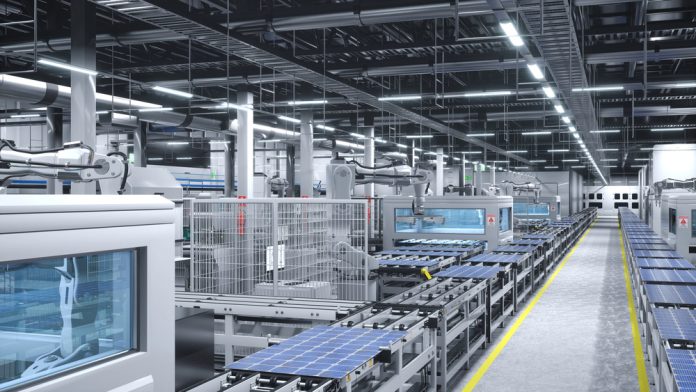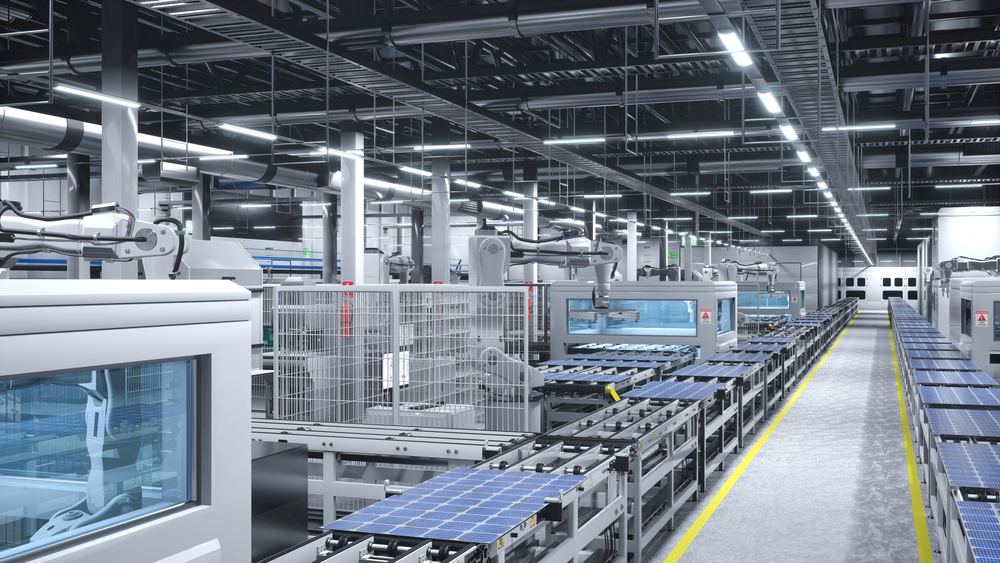
Is America prepared to surrender its solar tech advantage to foreign competitors? The abrupt shutdown of a $452 million Arizona solar facility has rocked the industry, exposing the vulnerable nature of domestic manufacturing as the demand for energy is about to skyrocket. Against the backdrop of new laws and ruthless foreign competition, the U.S. solar industry is confronting its biggest crisis since the failure of Solyndra.
To industry observers and clean-tech venture capital, the happenings of 2025 are not just a cautionary example this is a glimpse into the changing tectonics of technology, policy, and market dominance. This listicle dissects the most significant events, from sudden plant closures and policy rollbacks to the changing technological race. These are the seven most enlightening moments and trends defining the future of American solar manufacturing.

1. The Arizona Plant Shutdown: An Unexpected Setback to U.S. HJT Preeminence
The shutdown of Meyer Burger’s Goodyear, Arizona, factory on May 29, 2025, was a shocking setback for U.S. solar production. The 276,183-square-foot, 1.4-gigawatt factory was the sole American producer of heterojunction (HJT) solar modules panels that convert more than 23% of sunlight into electricity. Its sudden closure, which ended all 282 jobs without notice, took away a key support for U.S. advanced solar capability.
This was not a one-off. The shuttering of the Goodyear plant came after D.E. Shaw Renewable Investments canceled a cornerstone 5-gigawatt supply deal, cutting off the facility’s main source of income. While Meyer Burger sought Chapter 11 bankruptcy in the United States and insolvency in Europe, the company’s financial strain spread to its international workforce, impacting more than 600 other jobs. The loss of this factory makes the U.S. completely reliant on foreign mainly Chinese providers for the industry’s most effective solar technology.
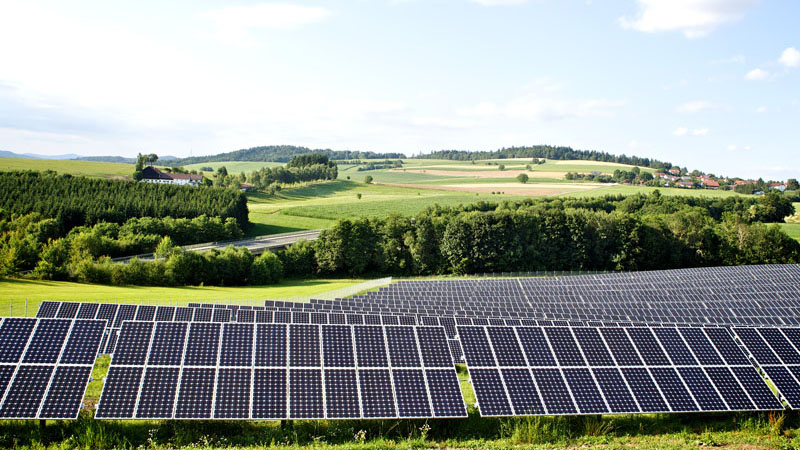
2. The “One Big Beautiful Bill”: Policy Shockwaves and Tax Credit Rollbacks
The signing of the so-called One Big Beautiful Bill (OBBB) on July 4, 2025, revolutionized the clean energy sector. The bill hastens the sunset of the Section 45Y production tax credit and Section 48E investment tax credit for solar and wind projects. Plants need to be brought into operation by December 31, 2027, or commence construction within a tight 12-month timeframe to still be eligible for incentives.

The OBBB also imposed strict new limits on foreign entities of concern (FEOC), focusing on ownership, control, and material sourcing particularly from China. An executive order weeks later directed the Treasury to “strictly enforce the termination of the clean electricity production and investment tax credits” and to further definitions of what constitutes “begin construction.” These revisions have embedded profound uncertainty in project pipelines and compelled developers to speed up timelines or face losing vital financial backing.
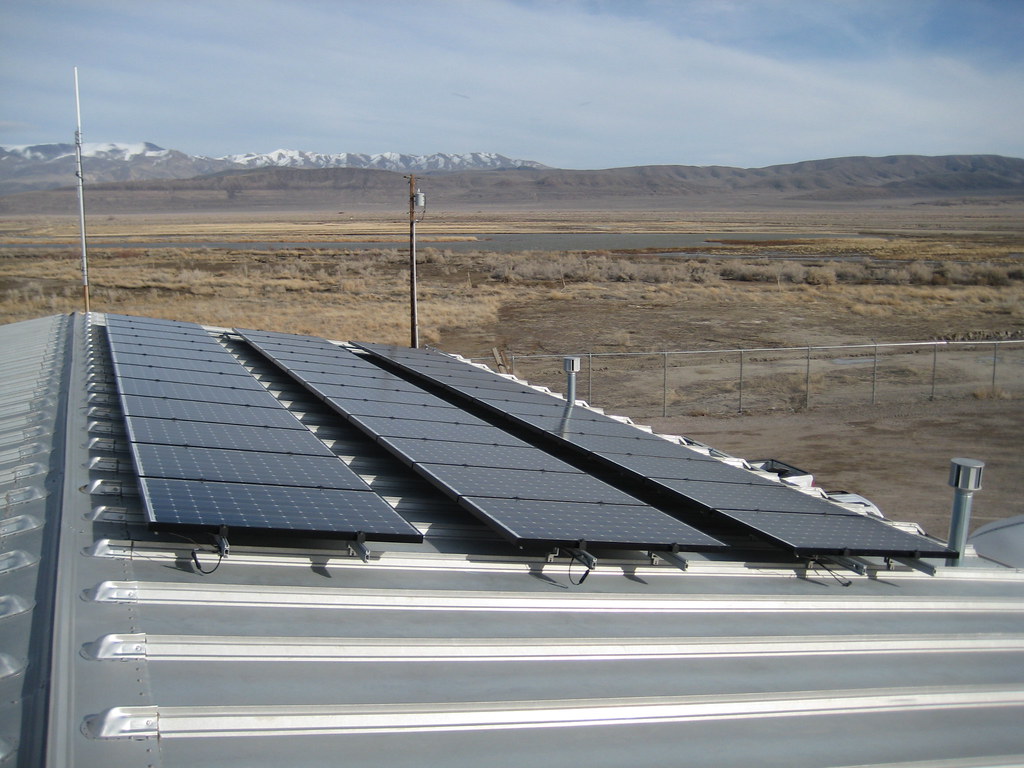
3. Foreign Competition and Cost Pressures: The China Challenge
American solar producers are confronted with a daunting cost disadvantage. The cost of heterojunction production in the U.S. is $0.29 per watt, while China manages only $0.17–0.20. Chinese companies such as Huasun Energy have driven HJT efficiency records to 25.23%, while cell efficiencies in the lab are reaching 26.81% a metric that American factories have not been able to approach.
As per Wood Mackenzie, China currently makes 75% of n-type (high-efficiency) solar modules, whereas U.S. production is divided among aging p-type PERC (49%), n-type (30%), and thin-film (21%). The lead is increasing as American manufacturers resort to less sophisticated designs because of cost and intellectual property issues. As Jim Wood, SEG Solar CEO, pointed out, “We’re disappointed that we can’t do that in the United States” when asked about n-type manufacturing. The result is a market in which U.S. manufacturers are progressively less competitive on price as well as on technology.
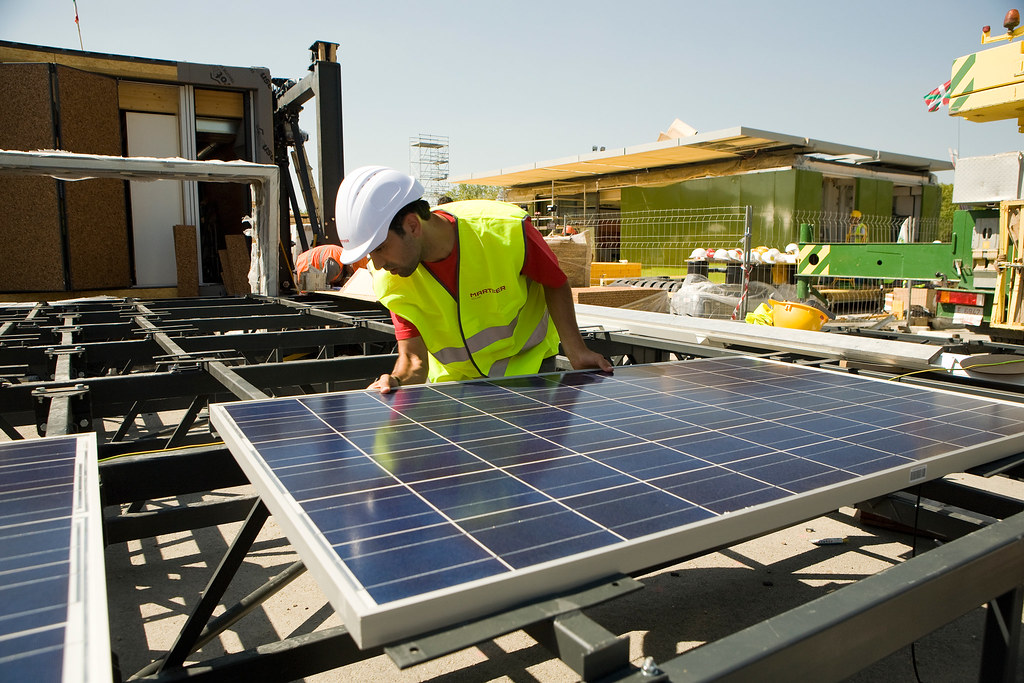
4. Technology Stagnation: The U.S. Held Back by PERC as Global Competitors Sprint Ahead
The decline of domestic HJT production makes U.S. solar assemblers dependent upon p-type PERC cells, a technology that is at its practical efficiency ceiling. On the other hand, Asian producers quickly ramp n-type TOPCon and HJT architectures, which have higher performance and longer durability. “The U.S. is certainly a bit behind there,” noted solar markets analyst Elissa Pierce at Wood Mackenzie.
Patent conflicts and licensing roadblocks have also hindered the U.S. adoption of next-generation cells. Fewer than a dozen American facilities, including Talon PV’s new Texas factory, will be able to produce n-type TOPCon cells in the United States. Meanwhile, most U.S. projects requiring domestic content will include aging PERC technology a precarious perch as industry standards improve.
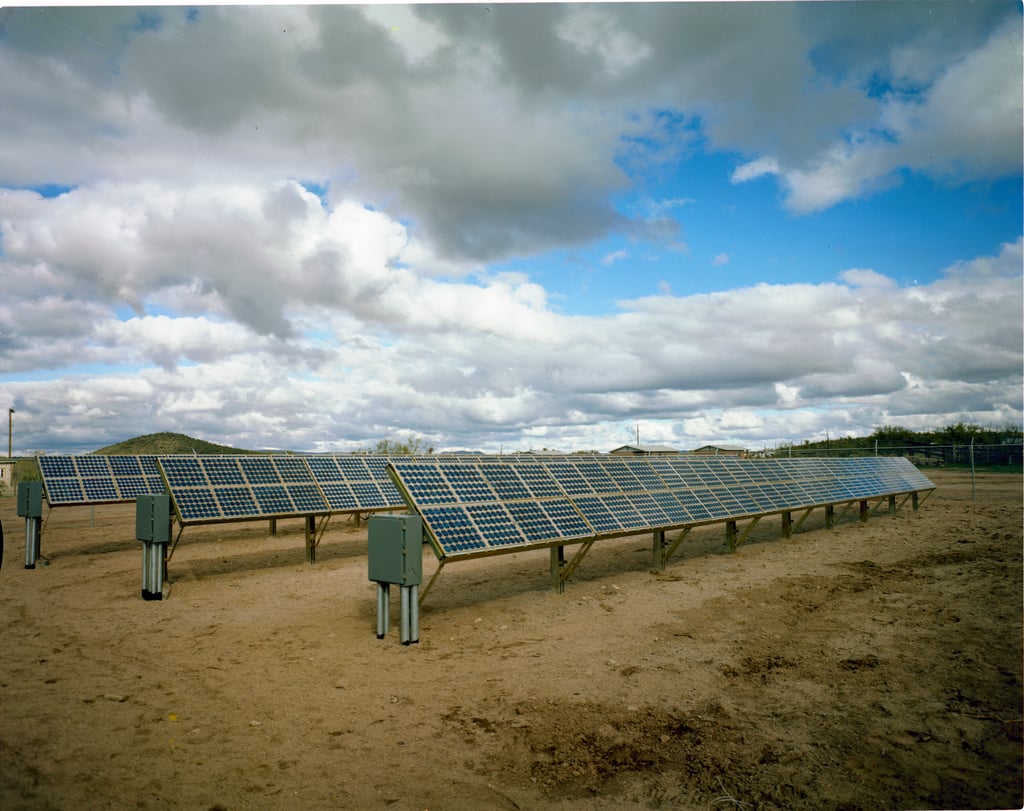
5. Regulatory Uncertainty: The New FEOC Rules and Project Risk
The OBBB’s expanded FEOC regulations bar tax credits on projects with important ownership, control, or material sourcing from individuals associated with China, Russia, Iran, or North Korea. The legislation establishes complicated thresholds for ownership and material support, which demand project developers demonstrate a growing percentage of components are sourced away from China.
The Treasury was directed to put out new guidance within 45 days a deadline that experts deem “extremely short” for these complicated regulations. As the UChicago Law Review explains, “These FEOC limitations are intended to disallow any organization which is found to be controlled or directed by a covered country.from receiving the credits and are anticipated to bring about deep impacts to the clean energy supply chain.” The end result is an atmosphere of uncertainty, with investors and developers racing to decipher evolving eligibility standards and compliance threats.

6. The Distributional Reality: Who Gains from Clean Energy Tax Credits?
Since 2006, over $18 billion in federal clean energy tax credits have gone predominantly to affluent Americans. A study by Severin Borenstein and Lucas W. Davis of UC Berkeley estimates that the wealthiest income quintile has received roughly 60% of all credits, and the lowest three quintiles total only 10%. For plug-in vehicles, the difference is even more pronounced: the wealthiest quintile took 90% of credits.
These results call into question the fairness of existing subsidy arrangements. As the authors note, “It would seem difficult, therefore, to prefer tax credits over a carbon tax on distributional grounds.” The policy discussion is now moving beyond technology and economics to issues of equity and access.
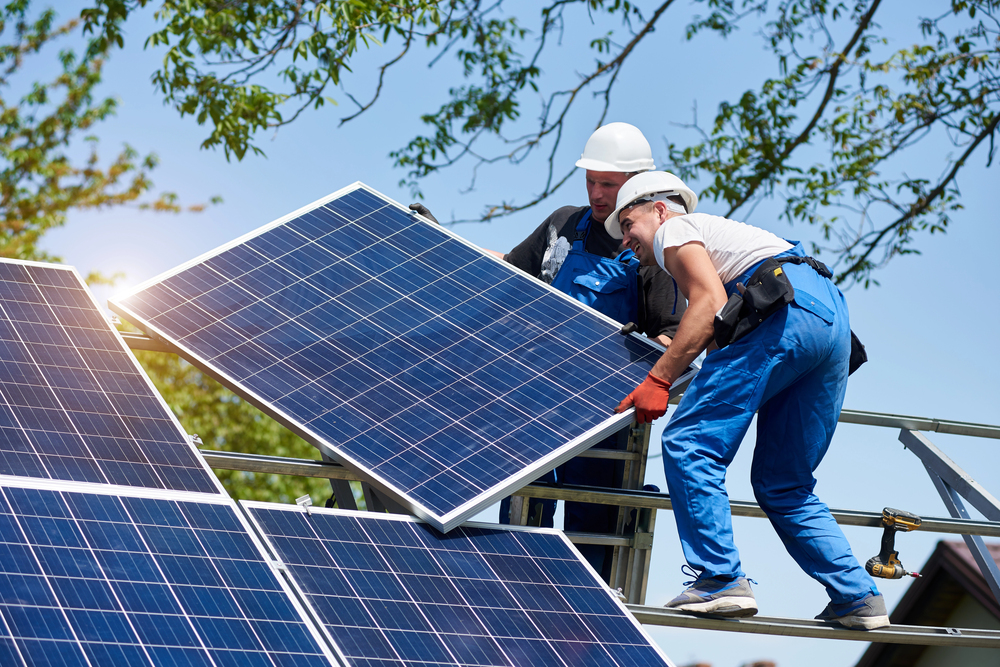
7. The Road Ahead: Energy Security and Strategic Questions
With the shutdown of America’s last HJT factory, America stands at a crossroads. Will it embrace permanent reliance on foreign suppliers for cutting-edge solar technology, or will new policy infrastructures arise to advance strategic manufacturing? The stakes are high as AI and data center electricity needs explode, and as global competitors continue to set the pace in efficiency and cost.
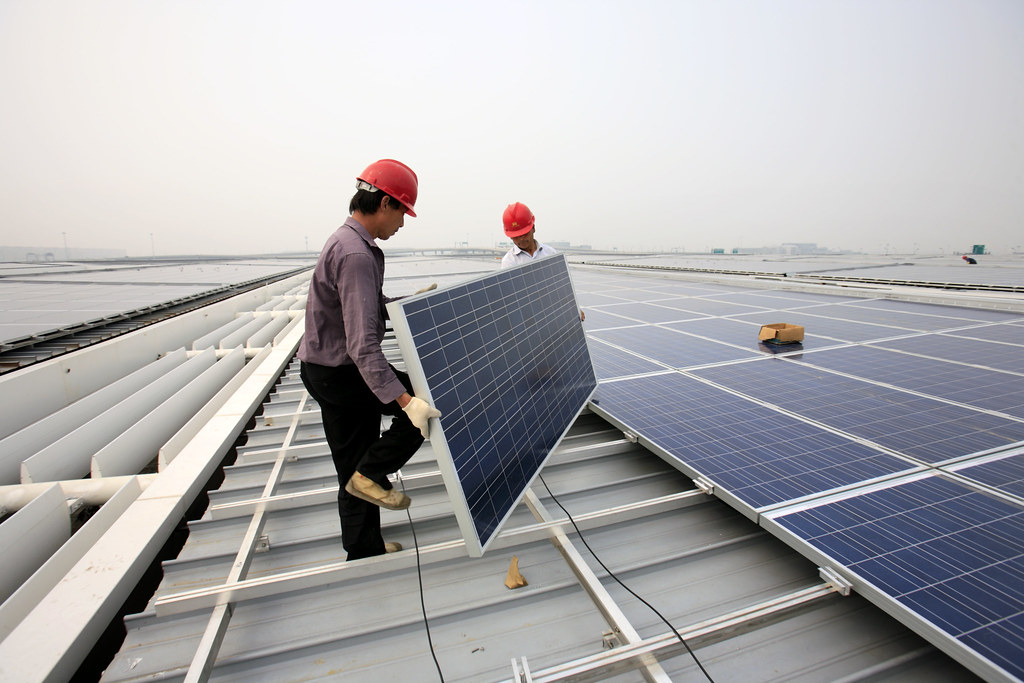
Industry executives and policymakers are now tasked with the challenge of renewing domestic capacity, ensuring supply chains, and developing innovation. As warned by the Solar Energy Industries Association, almost 300 factories and 300,000 jobs are threatened a crisis that calls for immediate attention and innovative solutions.
What happened in 2025 has revealed the potential and risk of America’s clean energy dream. For investors and observers, the message is simple: where policy, technology, and international competition converge, the future of U.S. solar manufacturing will be determined. Whether the nation can reclaim its position or stay behind for the next generation of solar advancement now rests in the balance.
